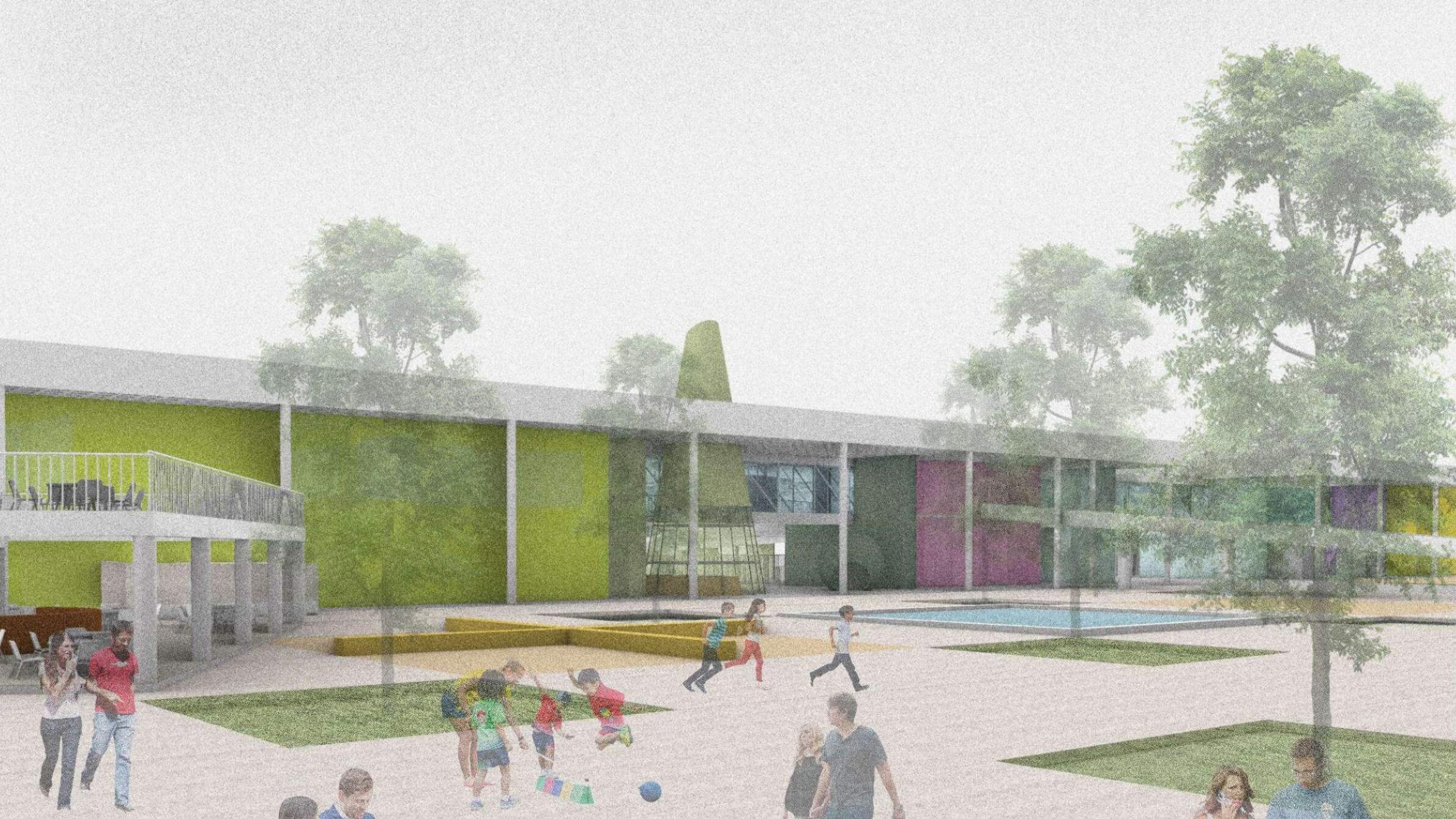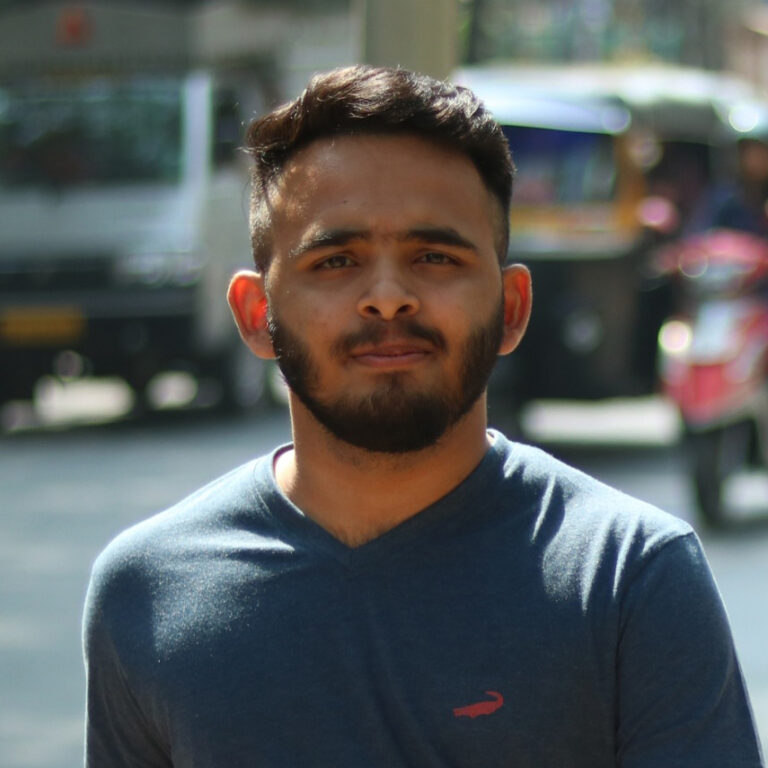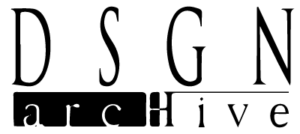top architecture design thesis 2021


SCMS SCHOOL OF ARCHITECTURE
KERALA, INDIA

Design thesis authored by
NANDAGOPAL M
share
THESIS SPECIFICATIONS
Thesis Title: ARCHITECTURE FOR THE SENSES- Learning Centre for Autistic Children
Project type: Educational
Year of completion : 2021
Mental disabilities such as ASD still have a long way for research and improvements in architectural design. Architects and urban designers, by the principles of an equal society, should pay attention to the needs of people with Autism as well as the difficulties of others with physical hardships. Architecture could play a significant role in the social integration of people with Autism. The goal of autism treatment is to prepare children for independence and integration into society from an early age. As a result, people with autism need to be prepared from an early age to interact with other children and integrate into the broader public education system so that they can benefit from their intellectual development in the same way that other people do. According to research, the academic environment has a significant impact on individuals, especially those with Autism-Spectrum-Disorder (ASD). The Thesis aims to propagate the idea of integration to the general public attempts to discover into the Phenomenology of Architecture through the works of Master Architects and their indulgence in sensory design and in turn designing a School, Therapy, and Research Centre for the betterment of the Autistic Community in Kerala through Public integration.
Because of their limitations, integration is a challenging task for individuals with autism, but it is also crucial. As autism therapy progresses, problems are addressed with more and better solutions, resulting in an improvement in the abilities required to operate in the current world. For the approach to be sustainable, both autistic and non-autistic people must take action.
This will enable autistic persons to comprehend and adapt to standard conduct, as well as non-autistic people to learn how to integrate with autistic people despite their limitations. Furthermore, the modifications will directly benefit all members of society in terms of architecture and ecology. Moreover, the need for Autism Integration goes beyond moral considerations. The primary design would be of an integrated school where both normal and Autism children would be enrolled, by keeping in mind the limitations and considerations required for the autistic child. A Therapy centre which is accessible for the Autism community is also considered through different sensory therapies for the physical and mental betterment of the children. The Research and Development section strives to broaden knowledge and education about Autism, paving the way for future technological advancements in the field. The choses site Kakkanad blends with the intention of Integration, as it is well connected with the city through Kochi Metro, Kochi Water Metro, and Bus etc. This makes the site more accessible and encourages the use of public transportation by autistic children, who, while it may be difficult, become accustomed to the city’s public spaces. The author attempts to connect the Phenomenology of Architecture with the detailed study and learnings on the guidelines for Autism design (Intangible to Tangible Architecture). Through the Kinaesthetic and textural architecture of Frank Lloyd Wright, Muscular and Tactile architecture of Alvar Aalto, Geometry and Gravitas of Louis Kahn and many more. The design would be metamorphosed from the mimetic capacity of the body, manifestation of phenomenological concepts in design.
The question on how the process of integration be made without exposing the protagonist user group is solved through the introduction of a threshold, which could stage and control the public activity of the project was determined. This threshold can cater the programmes which is both useful for the neighbourhood and the Autism community. This becomes the datum of the project, as it becomes the public realm of the same and acts as the threshold where all individuals, diverse in their character meets. This Datum organizes the other private programmes happening inside and also divides the site into two faces, thus bringing the idea of a multicultural, Therapeutic, Flexible common ground. The datum opens up and acts as an extension of the public space/plaza which invite the people into the threshold.
- The 200m long datum is divided into 10 square grids to reduce the stimulation for Autistic children on entering the datum. Each square caters different Public functions, also bringing up functions strengthening the Autism community the introduction of a bridge gives a vertical division between the users and public which gives a controlled access for the children and thus less stimulation. The interaction takes place when the children gets to use the shared public spaces. The bridge being at a level connects the school, Therapy and R&D block which helps in controlling the access for all. It forcibly channels the movement of bodies above the public threshold, thus maintaining a level of control in exposure between the children and the public.
- The Geometry involved in the design of the school prioritize the use of Circle as a hierarchal point considering the whole project and in itself. The interstitial spaces between the classrooms take advantage of the curved walls allowing easy transitions during circulation and preventing less stimuli. Taking advantage of the bridge height, the school slab gently slopes down to give a sense of dynamics between the interplay between the school and the Datum. This also makes the circulation spaces into a sensory stimulation process which helps in improving sensory balance for Autistic children.
- The Therapy block is placed at an intersection with the datum and also shares a geometric relation with it. The form being developed from the midpoints of the initial square of the datum, and thus being in a harmonic relation with it. The diagonal squares become the Therapy area and the residual space being the Admin area, with the form following their respective function
- The R&D square layout takes shape from Louis Kahn’s 9 Grid system, resulting of 9 squares. The square is then geometrically divided into different secondary spaces giving way to multiple functions and circulation. The figure at the corners become access points/ balcony spaces of the building. The central large square becomes the atrium of the building. The circulation space binds around the atrium connecting all the spaces within. The residual middle squares become the servant spaces of the building and the other being the service spaces. These 4 squares become the structural cores of the building. The resulting blocks gives the idea that all blocks and space being formed through a vocabulary of shapes and volumes, making the project easily perceivable.
- The landscape is designed with the influence of the grid originated from the datum. The front Plaza follows a homogenous character of the datum and the grid. The retention ponds adjacent to the school lies harmonious to the school geometry.
- The Project being regulated by geometry brings an order and makes the complex into simple and easily readable volumes, which reflects the basic guideline in designing for Autism; the lesser the better.
Sheets
the end
Copyright information: ©️ Student author 2022. Prior written authorization required for use.
Request permissions: If you wish to use any part of the documentation forming part of the undergraduate thesis submitted to DSGN arcHive, please seek prior permission from the concerned student author through the respective college/university.
Exclusion of liability: DSGN arcHive and its owner do not undertake any obligation to verify the ownership of any content submitted for publication/broadcast on this website and shall not be liable for any infringement of copyright by, or unauthorized use of, such content.
HOMEPAGE
Copyright © 2024 DSGN arcHive
